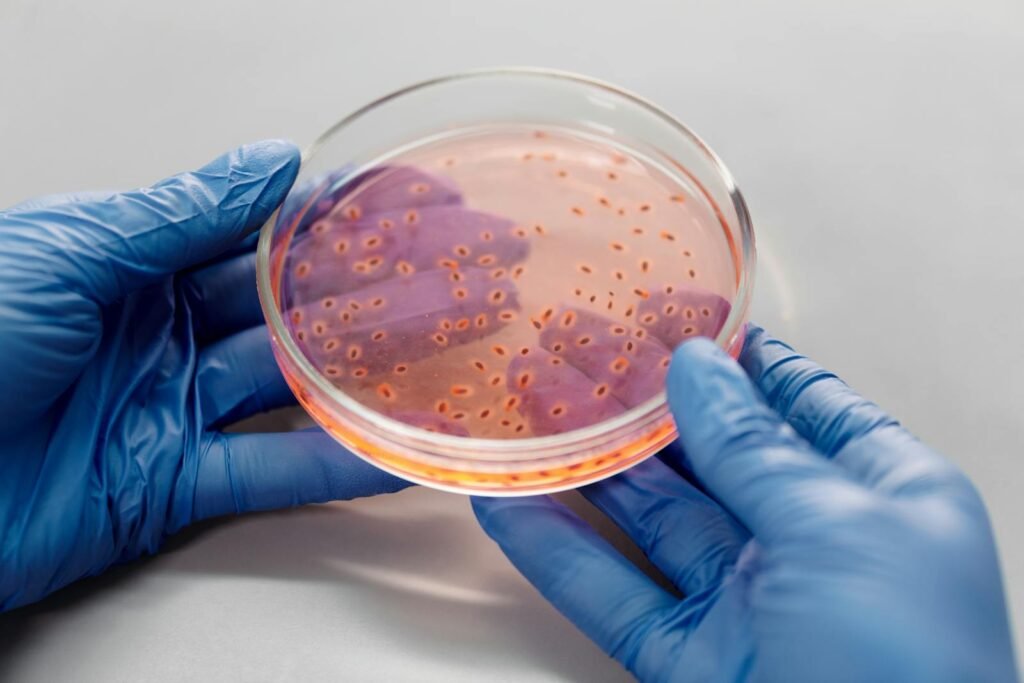Invasive pathogens are microorganisms, such as bacteria, viruses, and fungi, that infiltrate ecosystems where they are not native. Once established, these pathogens can disrupt local biodiversity, threaten native species, and cause significant ecological and economic damage. Their introduction can be accidental, through global trade and travel, or intentional, for specific purposes that unfortunately backfire. Understanding the nature of these pathogens is crucial to developing effective strategies for protection and mitigation.
The Impact of Invasive Pathogens on Ecosystems

Invasive pathogens pose significant threats to ecosystems by destabilizing existing biological communities. They can outcompete native species for resources, act as vectors for diseases, and cause population declines directly by infecting native organisms. For instance, the chytrid fungus has devastated amphibian populations worldwide, leading to declines and extinctions in affected species. The impact of these pathogens often ripples through the food chain, affecting species diversity, ecosystem functioning, and resilience.
Pathways for Pathogen Introduction

Understanding how invasive pathogens are introduced into new environments is key to preventing their spread. Human activities like international trade, agriculture, and travel are primary pathways for pathogen dissemination. Ship ballast water, contaminated plants, and unregulated animal imports can all serve as vehicles for pathogens. Furthermore, climate change is altering ecosystems, creating new opportunities for pathogens to establish in previously inhospitable regions.
Strategies for Prevention and Control

Preventing the spread of invasive pathogens starts with stringent biosecurity measures. This includes regulations on the import and export of plants and animals, along with enhanced border inspections. Early detection and rapid response (EDRR) systems are pivotal in managing outbreaks; these involve monitoring programs, data sharing across regions, and quick action to contain and eradicate new invasions. Public education is also crucial, informing communities about the risks of moving wildlife and plants across borders.
Innovative Solutions and Technologies

Advancements in technology offer new tools for combating invasive pathogens. Molecular techniques, like DNA barcoding and genome sequencing, improve our ability to accurately identify pathogens and trace their origins. Biological control, using natural predators or diseases to suppress pathogen populations, is another promising strategy. Additionally, advancements in biotechnologies, such as gene editing, hold potential for developing resistance in native species against invasive pathogens.
The Role of Policy and Global Collaboration

Coordinated global efforts are essential in addressing the challenges posed by invasive pathogens. Policies that encourage international cooperation, such as the Convention on Biological Diversity, help build a unified framework for prevention and management. Sharing research, resources, and strategies can enhance global capacity to identify and combat new threats. Building collaborations among governments, academic institutions, NGOs, and local communities maximizes the effectiveness of efforts to protect ecosystems.
The Importance of Ecosystem Health

Maintaining healthy ecosystems is an effective strategy to enhance resilience against invasive pathogens. Biodiverse ecosystems are typically more robust, with complex interactions and checks on species that can prevent the establishment of invasive organisms. Conservation practices that restore habitat, protect native species, and increase biodiversity can mitigate the impacts of invasive pathogens and help sustain ecological balance.
Conclusion

The problem of invasive pathogens is complex and multifaceted, posing serious risks to global ecosystems. However, by employing a combination of preventive measures, technological innovations, policy frameworks, and collaborative efforts, we can effectively protect our natural environments. Maintaining ecosystem health not only benefits biodiversity but also supports human health and livelihoods, underscoring the interconnectedness of all living systems in the face of this formidable challenge.


